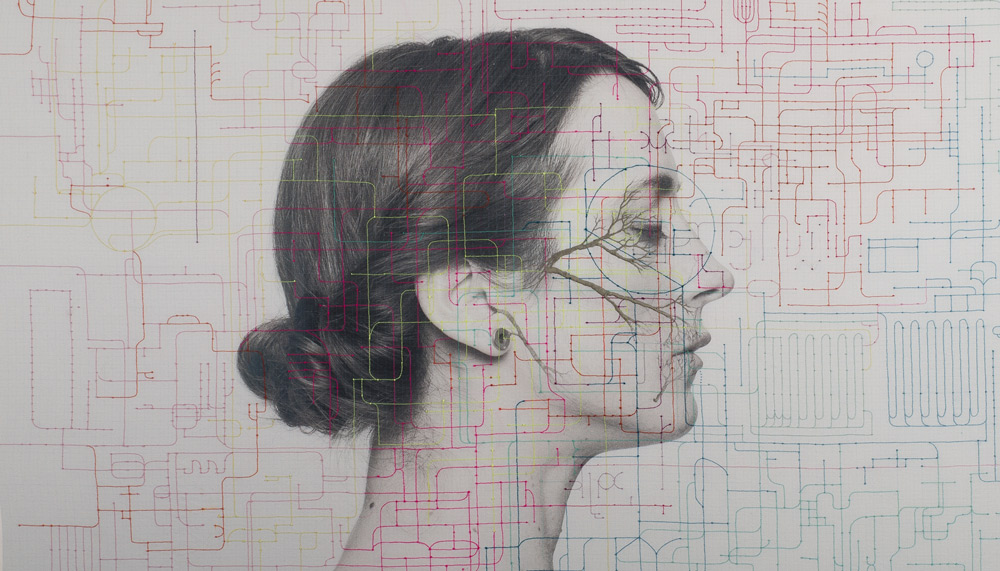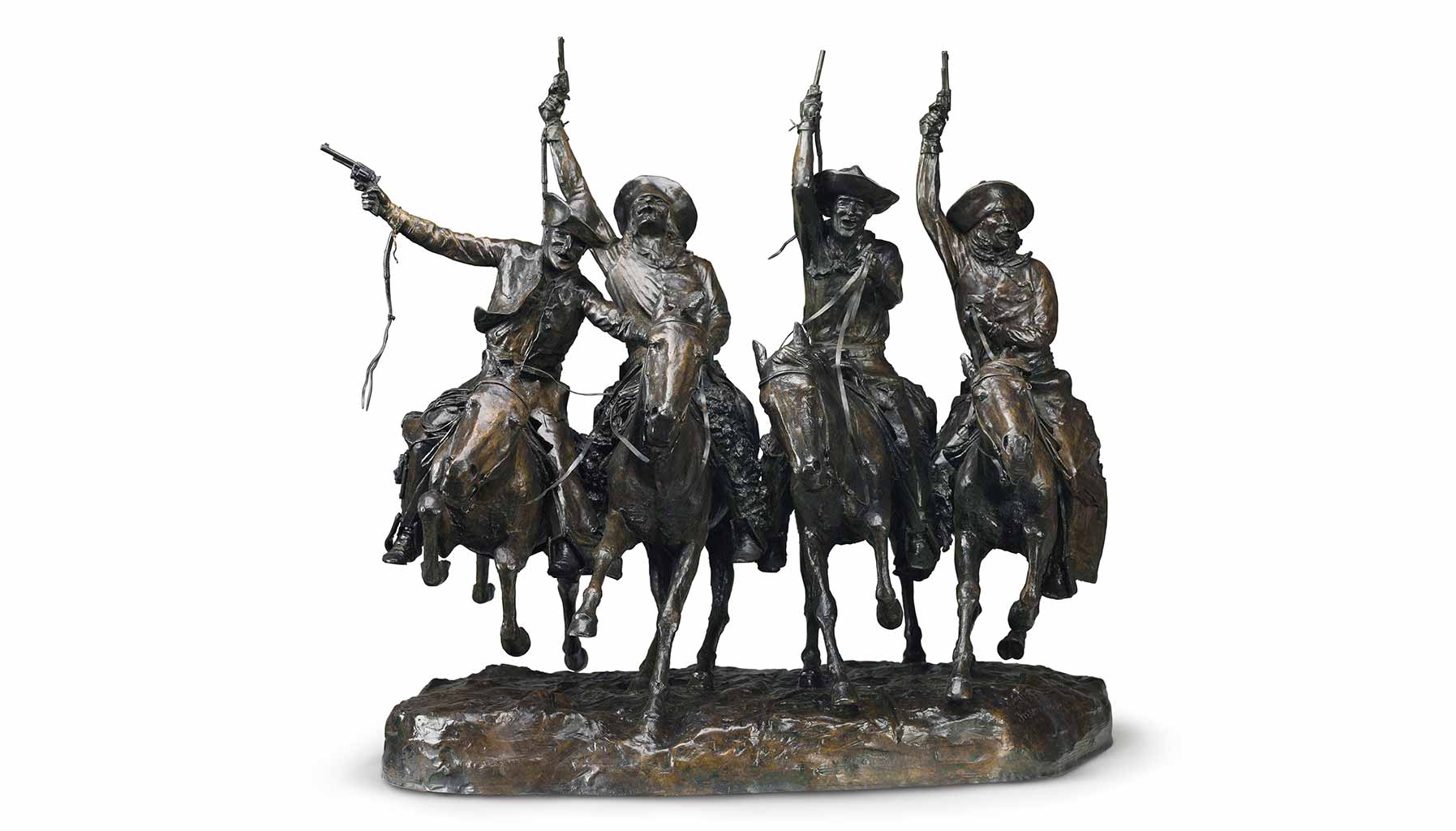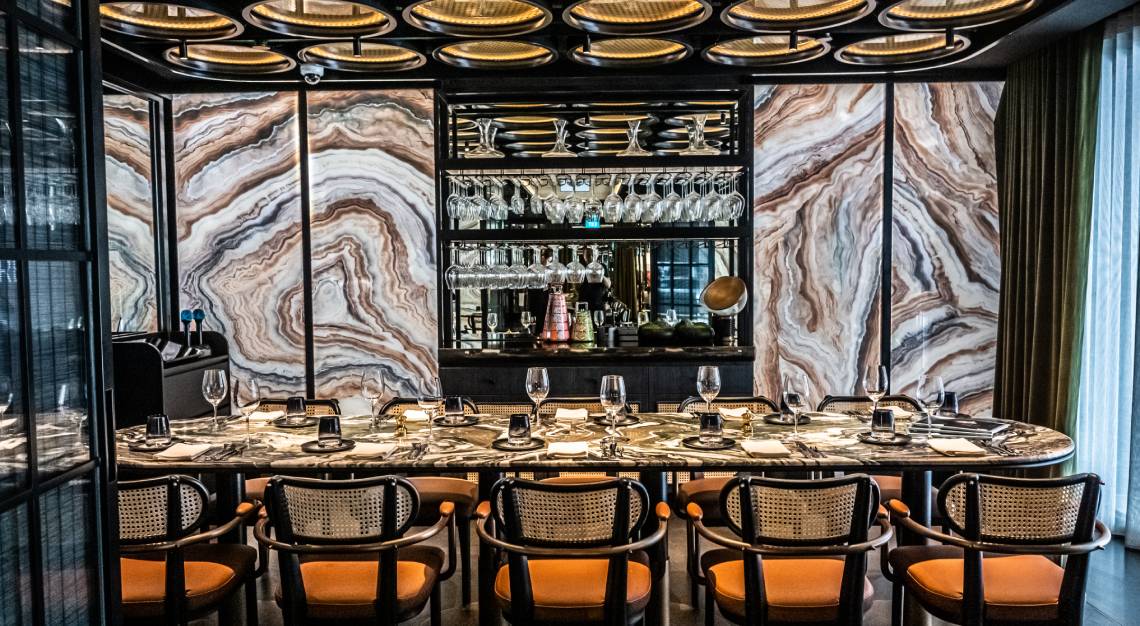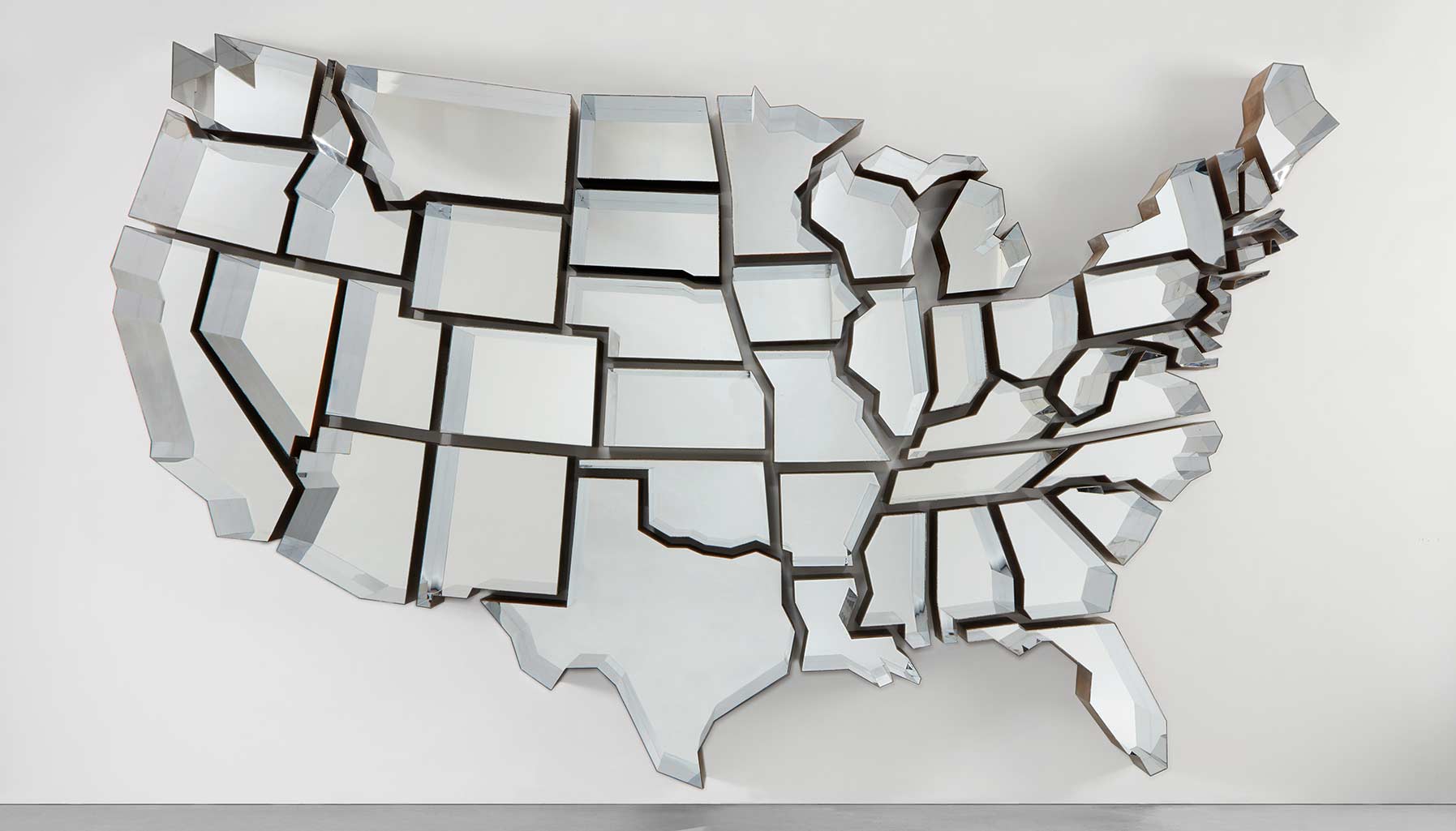A Fair to Remember
When news that 116 private jets were scheduled to land at Basel’s airport on the day of the VIP preview two days before Art Basel 2017 officially opened, the gallerists waiting in anticipation of a small but immensely wealthy group of collectors heaved a collective sigh of relief. The increase in the number of collectors (from last year’s 98) indicates that the art market is finally rebounding after two years of dwindling sales.

Swiss banking giant and the fair’s organisers, UBS, recently published a study that valued the global art market at US$56.6 billion (S$78.4 billion). This number was down 17 per cent compared to 2014, when the global art market peaked at US$68.2 billion (S$94.5 billion), before global political unrest and economic slumps put the brakes on investors’ exuberance.

Another turning point occurred this May when Jean-Michel Basquiat’s now infamous Untitled (1982) sold for a record US$98 million (US$110.5 million, S$153 million with fees) at auction. Like the increase in number of private jets, it signalled that collectors were in the mood to spend. In response to the impressive Basquiat sale, the American artist’s work was well represented at Art Basel and in particular paintings from 1982, the artist’s most sought-after year. Van de Weghe presented Crisis (1982) priced at US$8.5 million (S$11.8 million), among others; Acquavella Galleries showed Three Delegates (1982), which sold for less than US$20m (S$27.7 million) in the opening hours and Levy Gorvy had Baby Boom (1982) on hold for US$32 million (S$44.34 million).

Another big-ticket item that sold within the first day for a respectable US$15 million (S$20.8 million) was the abstract expressionist Philip Guston’s seven-foot-wide figurative canvas, Scared Stiff (1970), which features one of the late artist’s trademark hooded figures. Relatively modest but still impressive was the Gagosian’s sale of the very much alive but distinguished Gerhard Richter’s Abstraktes Bild in blue, red and yellow, from 1986, at US$4.5 million (S$6.24 million). Richter’s rich multi-layered painting was just one of the London Gallery’s many sales who had the happy task of having to rehang its booth twice after the Tuesday and Wednesday previews. While the big hitter galleries with their portfolio of top artists were doing brisk business, the middle market recorded lukewarm sales although these mid-level galleries were optimistic that the inertia from the blue-chip market would eventually buoy the industry as a whole.

While the business of art was on everyone lips at this year’s Art Basel, video art was the genre that dominated the show. Seen across the exhibition’s more experimental segments, work spanned the established (Korean pioneer Nam June Paik had a solo booth) to the up-and-coming (Filipino artist Martha Atienza showed an eco-video installation, Our Islands, which picked up this year’s Baloise Art Prize). Actor-turned-artist Cecile B. Evans went one further by building a Brutalist-inspired architectural sculpture for visitors to view her new film, Amos’ World: Episode One (2017), in a truly immersive way by climbing up the three-storey structure and viewing it via six private cubby holes. The short film chronicles the world of an architect named Amos as well as the tenants of a housing project he’s built. A surreal experience, Evan’s installation had lines of curious visitors eager to watch Amos and perhaps the subject of her video best summarises this resurgence of video art, “I want to express myself, but I can’t find the words.”






